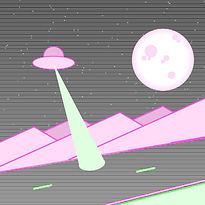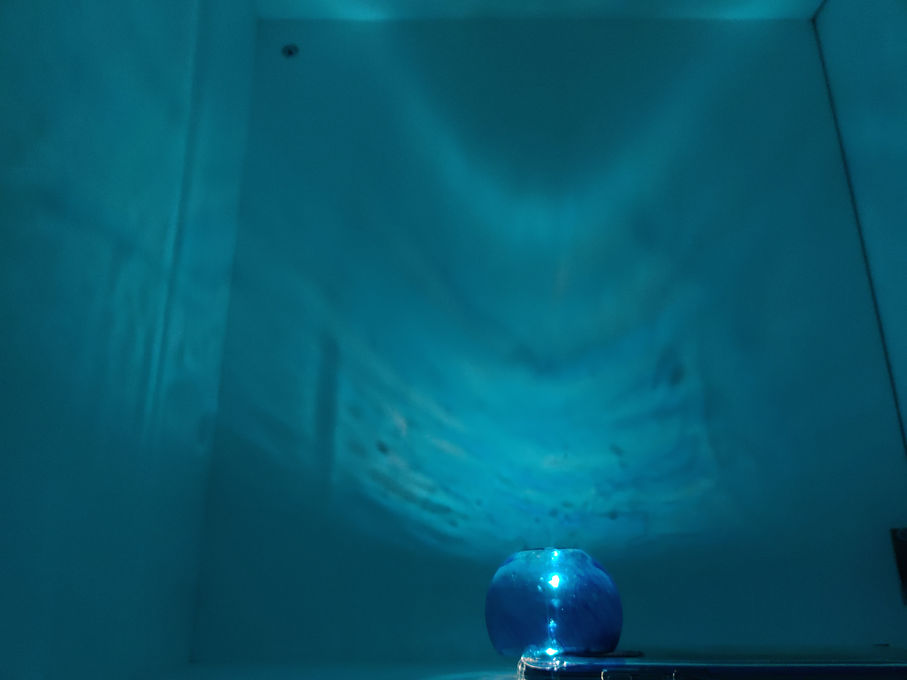Before ID < 2020
Ever since I was young, I liked to make things. If I wanted a new addition to my Playmobil collection, I would make something myself, and I wanted to become an "inventor". In high school, I did “Technasium” where I built a boat for a solar boat contest with a team of eight and for my final project, I designed a new stroller for the brand Bugaboo. Projects like these sparked my interest in design and technology, leading me to study Industrial Design at the TU/e.

Bachelor
Industrial Design 2020-2024

Expertise Areas

A sketch I made for Exploratory Sketching
Creativity & Aesthetics
I believe aesthetics to be the bridge between society and emerging technologies. Designers have the ability to create meaningful interactions between people and technology, for which aesthetics are at the base. Designing requires the ability to create innovative solutions, for which creative brainstorming strategies are a great tool. I was introduced to the basics of a design process and brainstorming in the course From Idea to Design. The course Exploratory Sketching developed my ability to not only communicate my designs but also generate new ideas while making things. I explored this way of ideating further by using rapid prototyping as a way to have a more embodied design process. During the course Aesthetics of Interaction I learned how to support intuitive design with theory and learned new techniques to create interesting interactions that go beyond usability.
For Aesthetics of Interaction, we designed Datable, an alarm clock in the shape of a timer-table for a first date. The table is a product of several techniques and theories taught during Aesthetics of Interaction and the technical skills required for the realisation of a moving piece of furniture.
A dress we made as a political statement against large oil companies for the course Socio-cultural Sensitivity
Technology & Realisation
As intended, the courses calculus, applied natural sciences and creative programming laid the foundation of my technological skills and understanding which proved to be valuable during many projects and courses. Through the courses Creative Electronics, Engineering Design and Making Sense of Sensors, I continued developing my skills in using sensors and actuators by building and integrating electronic circuits into prototypes and gathering data. I have created several physical prototypes using a wide range of techniques such as 3D printing, laser cutting, pottery and putting together mechanisms from wood and bolts. Despite my insecurities in working with technology myself, I recognise that technology is a catalyst for change. Designers have a unique ability to embrace the uncertainty associated with emerging technologies and, combined with knowledge of aesthetics and humans, design new interactions, enabled by these new technologies.


For Creative Electronics I created a "knocking visualiser", helping the hearing impaired (or people wearing headphones) notice knocks on their door. Using a Piezo, LDR and LED I created a prototype.
In the first iteration of COBA (Project 2) we used laser cutting to build a platform and used a servo motor to shift the middle part as soon as stress levels exceeded their limit, causing the tower to collapse and initiate an intervention.
For Engineering Design we made a gyroscopic utensil for people with hand tremors, using accelerometers, gyroscopes and Servo motors. I soldered the electronics and we created a 3D-printed casing for this demonstrator.

I sketched an iteration during the ideation phase of Engineering Design. This helped to communicate our concept to our tutors and contributed to the development of the product. Working with an interdisciplinary team for the first time, I noticed the strength of being able to use creative strategies in combination with technological innovations.
I have also created digital prototypes, starting with a mockup app using clickable links and animations in PowerPoint for From Idea to Design. I progressed to making mockup apps in Justinmind and Figma and eventually followed the course Interactive Media during my exchange at RMIT, where I learnt the basics of interactive web development using HTML, CSS and JavaScript.

Through the course Interactive Media I learned how to create interactive web pages using HTML, Javascript functions (e.g. Event listeners) and CSS animations. This was a tangible way to develop my coding abilities and immediately combine them with previous knowledge about aesthetics (e.g. UX design; Gestalt principles)
Curious? Click the image to go to the web page!

For Creative Programming, I created an interactive game to shoot blobs on the road with a laser beam using the keyboard

For From Idea to Design we created an interactive physical-digital game to teach people about space and a mockup app using animations, buttons and links in Microsoft PowerPoint
User & Society
I have always been interested in the human aspect of design. During the course User Centred Design I learnt how to design from the user's perspective through personas and learned about the differences between usability and UX design. As I think the usability of a product needs to be good before the user experience can ever be good, I wanted to have a more in-depth understanding of optimising usability. So I followed the course Human Factors at the department of Psychology and Technology and familiarised myself with principles discussed in Don Norman’s The Design of Everyday Things. This taught me the foundations of creating effective, intuitive and efficient designs, which we applied in the redesign of a traffic light for pedestrians. The course Introduction to Psychology and Technology helped me understand relevant cognitive processes that influence interactions and behaviour and made me aware of principles that are of importance to design as well, like Weber’s law.
To delve further into human behaviour towards products and understand why people treat products the way they do, I followed the course Buyer Behaviour at RMIT. I learnt how to set up qualitative market research and how to analyse behaviour using psychological theories like Maslow's hierarchy of needs, decision processes (from purchase to disposal) and marketing strategies.
On top of this psychological perspective, a societal approach to design is also very important to me. In my first year, I did the course socio-cultural sensitivity which made me aware of the impact design has on society and relevant considerations when designing for different cultures.
During my USE learning line about quality of life, I learned about major philosophical schools of thought and the importance of philosophy when addressing complicated ethical questions. These questions often arise with the implementation and development of emerging technologies, especially when designing for societal change.
The courses Intercultural Communication and Indigenous People & the Environment (RMIT) opened my eyes to different views of the world and its population.
Redesign of a pedestrian traffic light to improve safety, and satisfaction and get rid of frustration

For USE we designed a system with NFC tags and readers for pharmacies and the visually impaired to help them identify their medication and support their independence. We tried to experience the world from their point of view, but also realised we would have to talk to people who are actually visually impaired to be able to understand them
Math, Data & Computing
The courses calculus, data analytics for engineers and physics have helped me establish a systematic approach towards complex and abstract problems. Data Analytics for Engineers taught me ways to analyse and structure data and find patterns in numerical data. This developed my ability to deal with the complexity that is inherent to reality, which is a necessity for realising change. During my FBP I was constantly challenged by this complexity but I have been able to maintain an analytical approach and resize and rescope the project in such a way that I was able to get a grip on it.
During the courses Making Sense of Sensors and Design <> Research and during Project 3 I learned how to combine numerical data analysis with qualitative research and the values of both. I learned how to appropriately represent and communicate research findings and can, combined with knowledge of cognitive processes (e.g. biases and noise), assess the validity of qualitative data.
On top of that, knowledge of math, data, and computing allows me to collaborate effectively with other professionals, such as engineers and data scientists. This interdisciplinary approach is crucial for tackling complex transformation projects that require diverse expertise.

Heatmap that we used to analyse research findings of Beanstack (Design Research project)
Business & Entrepreneurship
Through methods such as the ones offered in the course Design Innovation Methods, I have learnt how to create and evaluate value propositions and use this to go beyond making monetary profit. The course offered a holistic view of designing from a business perspective, starting by identifying stakeholders (e.g. through stakeholder onion maps), looking at laws but also taking societal and environmental impacts into account. Combining all these findings and applying methods like a futures cone is one of the effective ways to design innovative products and services.
Through the course Buyer Behaviour, I am aware of internal and external stimuli that influence the decision-making process of people and can identify whether it is an extended, limited or habitual decision, specifically in the context of buying products. I am familiar with design choices and marketing strategies that improve product attachment and the types of product performances consumers are concerned with (instrumental, symbolic and affective). As a designer, this helps me create designs that are viable and create value for people.

PESTEL analysis for Netflix

Business Model Canvas that I implemented into my bachelor graduation project
Development Overview





